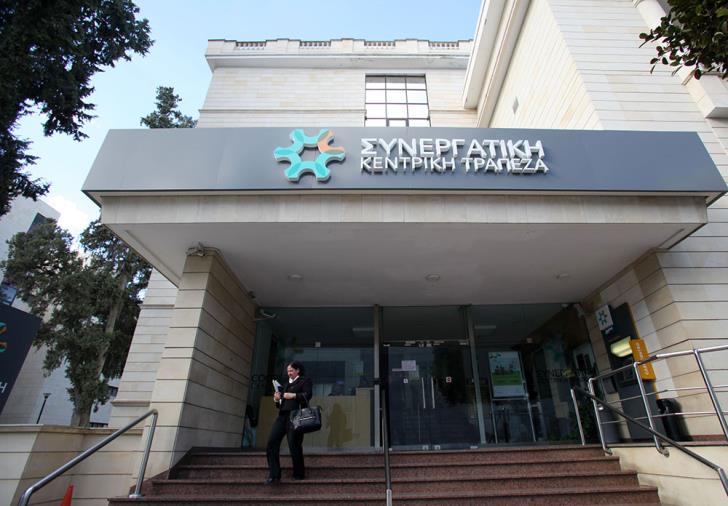Cyprus remains the EU country with the highest stock of non-performing loans (assets) of the general government at 20.2% of GDP, according to Eurostat data.
This was due to a large transaction in 2018, whereby non-performing loans from a Cypriot public financial corporation were transferred to a government unit.
In August 2018, the Cyprus Cooperative Bank, the troubled state-owned lender, was shut down after 97 years –a legacy of the 2013 banking crisis.
The government obtained the bad part of non-performing loans worth €7.5 bln, while the good part was folded into Hellenic Bank, which paid nothing for the acquisition.
It was only required to increase its capital by €150 mln.
Three other EU states recorded a share higher than 1% of GDP: Slovenia (1.8%), Portugal (1.4%) and Croatia (1.1%).
For most countries, non-performing loans decreased in 2021 compared with 2020.
For Cyprus, Slovenia and Portugal, most non-performing loans refer to loans of financial defeasance structures.
In the case of Croatia, the figure mainly refers to the loans of a national development bank (classified inside general government).
The most common form of contingent liabilities in the EU is government guarantees on the liabilities and, occasionally, on the assets of third parties.
In 2020 and 2021, government guarantees provided in the EU increased following the onset of the COVID-19 pandemic.
In 2021, the highest overall rate of government guarantees was recorded in Germany (17.3% of GDP), Austria (17%), Finland (17.0%), Italy (16.0%) and France (15.2%).
On the lower end of the scale, rates of less than 1% of GDP were recorded in Ireland, Bulgaria, Czechia, and Slovakia.
The rate recorded in Cyprus was 5.95%.
In most EU members, the central government is the predominant guarantor.
An exceptional level of state and/or local government guarantees can also be seen in Finland, Denmark, Sweden, France, Austria, Germany and Belgium.
In some countries, the stock of government guarantees increased by as much as 11.2 percentage points (pp) of GDP between 2019 and 2021 (pre-COVID-19 to the end of 2021).
Generally, guarantee growth decelerated in 2021 compared with 2020 (the first year of the pandemic).
In 2021, the guarantee rates in some countries decreased in terms of GDP, which was also due in part to economic growth.
The level of liabilities of public corporations classified outside general government in 2021 varied widely across the EU.
Significant amounts of liabilities were recorded in Greece (163% of GDP), ahead of the Netherlands (99.1%), Germany (94.9%), Luxembourg (73.5%) and France (70.2%).
Small amounts of public corporation liabilities were recorded in Slovakia (3.6%), followed by Spain (5.6%), Romania (8.3%), Croatia (9.1%), Lithuania (10.0%) and Bulgaria (11.6%).
The main reason for the high level of these liabilities is that the data include government-controlled financial institutions, for example, public banks.
Banks’ liabilities consist of deposits held by households or other private or public entities.










